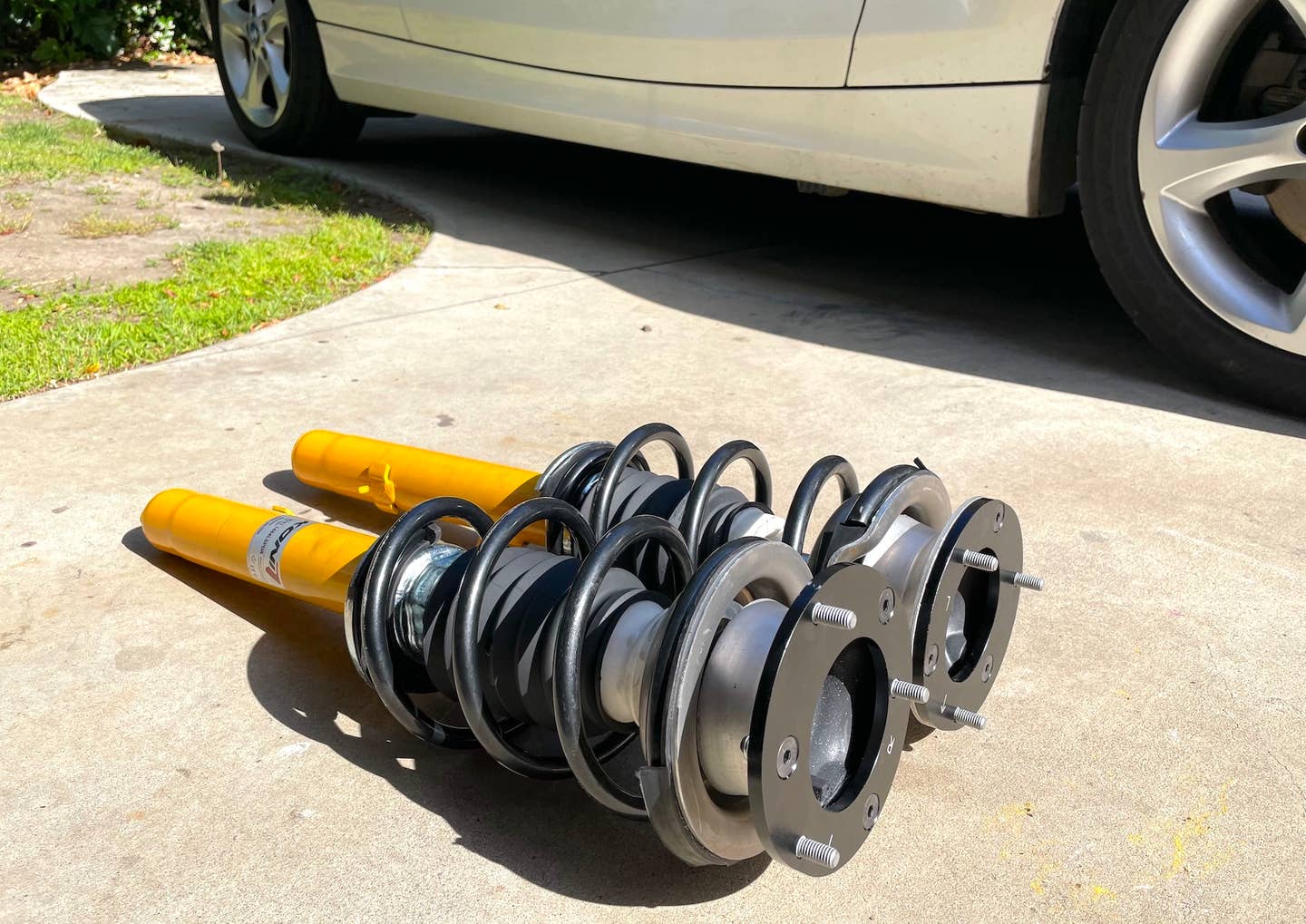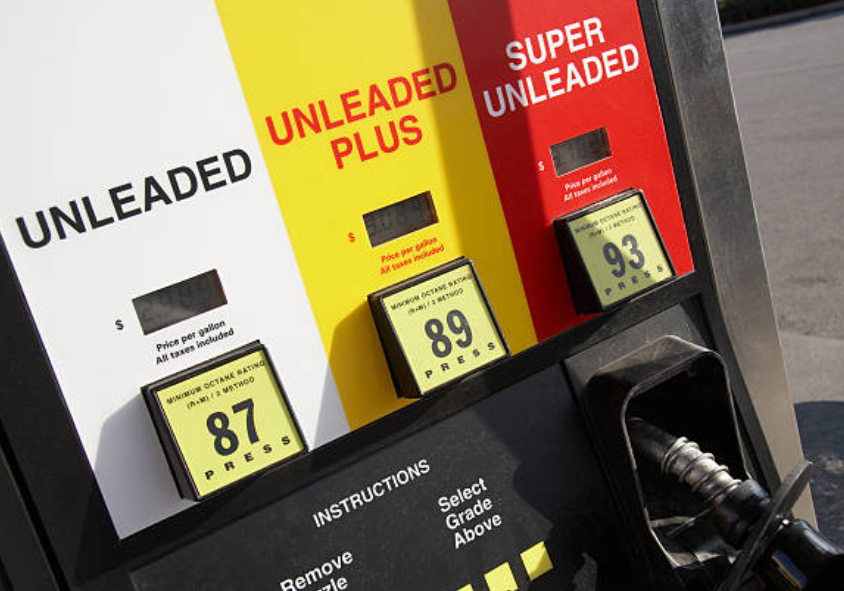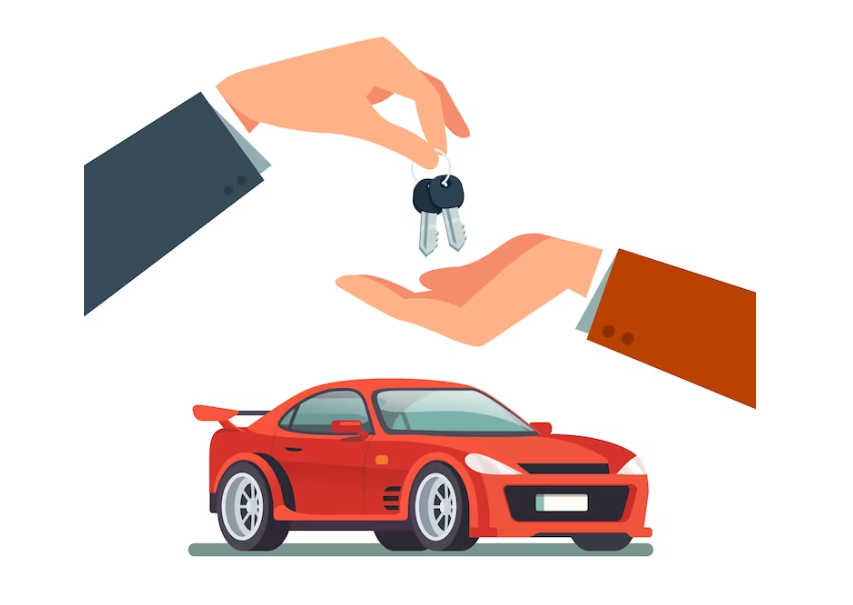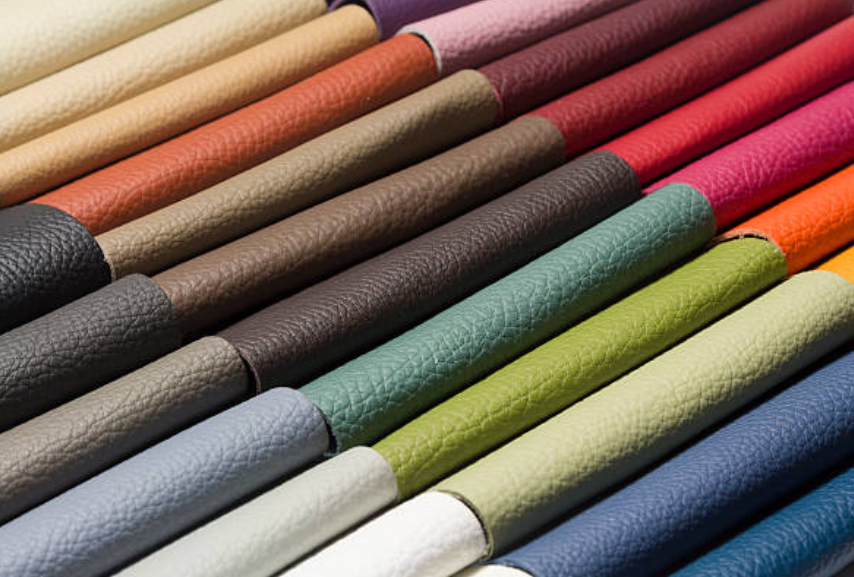What Is Shock Rebound Of A Car?
Have you ever felt your car continue to bounce after hitting a bump? This phenomenon is often related to shock rebound, a crucial aspect of your vehicle's suspension system. Shock rebound controls the extension of shock absorbers after compression, ensuring stability and comfort. Understanding how shock rebound works can help you maintain your vehicle's performance and safety on the road.
In this blog post, we'll explore what shock rebound is, why it matters, and how to identify and fix related issues. By understanding shock rebound, you can ensure a smoother, safer ride and extend the life of your vehicle's suspension system.

Understanding Shock Rebound In Cars
Shock rebound occurs when the shock absorbers extend back after being compressed. This is a critical phase in the functioning of the suspension system. Shock absorbers, or dampers, are designed to control the energy stored in the vehicle's springs. When a car goes over a bump, the springs compress and then release this energy. The shock absorbers manage this energy release by dampening the spring's oscillations, ensuring that the vehicle does not continue to bounce uncontrollably.
The rebound phase is when the shock absorber is extending back to its normal position after being compressed. This action helps to keep the tires in contact with the road, providing stability and control. Properly functioning shock absorbers are essential for maintaining traction, ensuring passenger comfort, and enhancing overall driving safety.

To understand shock rebound better, it's important to grasp the basic mechanics of shock absorbers. The process can be broken down into two main phases: compression and rebound.
- Compression Phase: When the car's wheel hits a bump, the shock absorber compresses. This compression absorbs some of the energy from the bump, preventing the force from being fully transferred to the car's chassis.
- Rebound Phase: After compression, the shock absorber must extend back to its original length. This extension is the rebound phase. During rebound, the shock absorber controls the rate at which the spring returns to its normal state. This damping action ensures that the vehicle does not continue to oscillate after hitting a bump.
Shock absorbers contain a piston that moves through a cylinder filled with oil or gas. As the piston moves during compression and rebound, the fluid passes through small orifices, creating resistance and controlling the speed of movement. This resistance is what dampens the spring's oscillations.
Identifying shock rebound issues is crucial for maintaining a safe and comfortable ride. Here are some common signs that your vehicle may have excessive shock rebound problems:
- Bouncy or Unstable Ride: If your car feels excessively bouncy or unstable, it may indicate that the shock absorbers are not effectively controlling the rebound. This can lead to a rough ride and decreased handling performance.
- Poor Handling and Control: Difficulty in controlling the vehicle, especially when cornering or driving over uneven surfaces, can be a sign of shock rebound issues. The car may feel like it's swaying or not responding accurately to steering inputs.
- Nose Diving or Squatting: If the front of the car dives sharply when braking or the rear squats during acceleration, it suggests that the shock absorbers are not adequately damping the suspension movements.
- Excessive Tire Wear: Uneven tire wear can also be a symptom of shock rebound issues. Poorly functioning shock absorbers can cause the tires to lose contact with the road surface, leading to irregular wear patterns.

Several factors can contribute to shock rebound problems in a vehicle, including:
- Wear and tear: Over time, shock absorbers can wear out due to regular use. The internal components may degrade, leading to reduced damping efficiency.
- Improper Installation or Alignment: Incorrect installation of shock absorbers or misalignment can affect their performance. Ensuring that the suspension components are properly aligned is crucial for optimal functioning.
- Driving Conditions and Vehicle Load: Harsh driving conditions, such as rough roads or heavy loads, can accelerate the wear and tear of shock absorbers. Vehicles frequently driven on uneven surfaces or carrying heavy loads are more likely to experience shock rebound issues.
Diagnosing shock rebound problems involves a combination of visual inspections and practical tests.
- Visual Inspection: Look for signs of oil leakage around the shock absorbers. This can indicate that the seals are damaged and the shock absorbers are no longer functioning properly.
- Bounce Test: Push down on the corners of the car and observe how it responds. If the vehicle bounces more than once or twice before settling, it suggests that the shock absorbers may be worn out and not effectively controlling the rebound.
- Professional Inspection: For a more thorough diagnosis, consider having a professional mechanic inspect your suspension system. They can use specialized tools and techniques to assess the condition of the shock absorbers and other suspension components.

Addressing shock rebound issues typically involves the following steps:
- Replacing Worn or Damaged Shock Absorbers: If the shock absorbers are worn out or damaged, replacing them is often the best solution. Choose high-quality replacements that match your vehicle's specifications.
- Adjusting Suspension Settings: For vehicles with adjustable suspension systems, fine-tuning the settings can help optimize the damping performance and reduce shock rebound issues.
- Upgrading Shock Absorbers: Consider upgrading to high-performance shock absorbers that offer better damping characteristics. These can provide improved handling and stability, especially for vehicles driven under demanding conditions.
- Professional Services vs DIY Repairs: While some suspension repairs can be done by experienced DIY enthusiasts, it's often advisable to seek professional services for shock absorber replacement and alignment. This ensures that the components are installed correctly and the suspension system is properly calibrated.
Preventive maintenance is key to avoiding shock rebound problems.
- Regular Maintenance Schedules: Follow the manufacturer's recommended maintenance schedule for your vehicle. Regularly inspect and service the suspension system to identify and address issues early.
- Driving Habits: Adopt driving habits that reduce stress on the suspension system. Avoid excessive speeding over bumps and potholes, and be mindful of the vehicle's load capacity.
- Choosing the Right Shock Absorbers: Select shock absorbers that are suited to your vehicle's specifications and driving conditions. Consult with a professional to ensure you make the right choice.
Why is shock rebound important?
Shock rebound is crucial for maintaining vehicle stability and control. Proper rebound damping prevents excessive bouncing and ensures that the tires stay in contact with the road, which is essential for safe handling and braking.
How often should I check my shock absorbers?
It’s recommended to check your shock absorbers during regular vehicle maintenance intervals or whenever you notice any signs of suspension issues. Regular inspections can help catch problems early and prevent more serious issues.
What are the benefits of upgrading to high-performance shock absorbers?
Upgrading to performance shock absorbers can provide better damping characteristics, improved handling and stability, and a more comfortable ride, especially for vehicles driven under demanding conditions.
How can shock rebound issues be fixed?
Solutions include replacing worn or damaged shock absorbers, adjusting suspension settings, upgrading to high-quality shock absorbers, and ensuring proper installation and alignment by professionals.
In summary, understanding shock rebound and its role in your vehicle's suspension system is crucial for maintaining a smooth and safe ride. Recognizing the symptoms of shock rebound issues and addressing them promptly can enhance your vehicle's handling, comfort, and safety. Regular maintenance, proper driving habits, and choosing the right shock absorbers are key to preventing shock rebound problems. If you suspect any issues with your car's suspension system, don't hesitate to seek professional advice and services to ensure your vehicle remains in top condition.
Click on the following link to read another blog post: What Is A Tonneau Cover? Discover Its Advantages for Your Truck
















